Your cart is currently empty!
The History of Streetwear: From Roots to Revolution
The history of Streetwear began as a grassroots movement, combining fashion with self-expression. It was born out of subcultures like skateboarding, surfing, and hip-hop, where clothing became more than just what you wore—it was a statement of identity. Over time, these underground influences transformed streetwear into a global fashion powerhouse, blurring the lines between casual wear and high fashion.
What set streetwear apart was its authenticity and connection to real people and lifestyles. From exclusive drops to bold graphics, it became a way for communities to tell their stories. Today, streetwear’s legacy continues, bridging cultural gaps and pushing the boundaries of design.
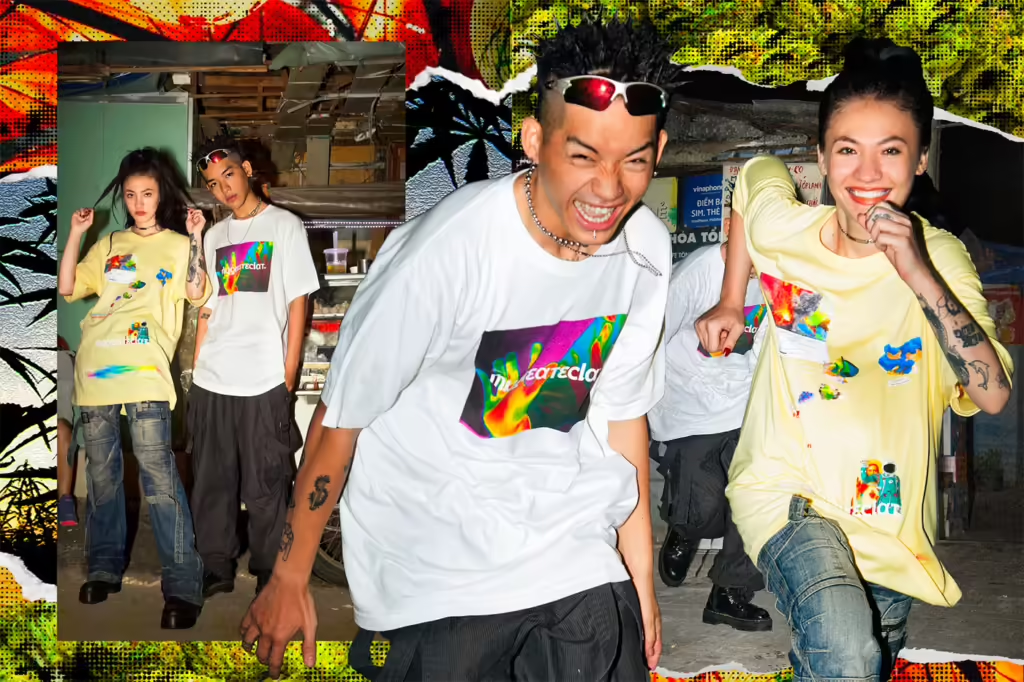
Origins: the history of Streetwear
The story of streetwear begins in the late 1970s and early 1980s, rooted in subcultures that thrived on individuality and rebellion.
The roots of streetwear lie in the 1980s, where skateboarding and surf culture in California converged with the energy of hip-hop on the East Coast. Shawn Stüssy’s iconic surfboard-inspired tees marked the start of streetwear as a concept, merging laid-back style with a sense of exclusivity.
At the same time, hip-hop brought oversized silhouettes, sportswear, and bold branding into the mix. Skaters added their edge with durable, functional clothing that fit their active lifestyles. Together, these elements created the foundation of what streetwear would become: a bold, unapologetic fusion of style, culture, and rebellion.
The Birth Of Streetwear
The 1990s marked the official birth of streetwear, with brands like Stüssy, Supreme, and A Bathing Ape leading the charge. These brands recognized the power of graphic tees to communicate identity and community, often featuring bold logos, pop culture references, and collaborations with artists and musicians.
During this era, streetwear graphic tees became more than just merchandise. In this phase, They were coveted items that reflected an individual’s connection to specific cultural movements. The limited-edition nature of many of these tees only added to their allure, creating a sense of exclusivity and hype that continues to define streetwear culture today.
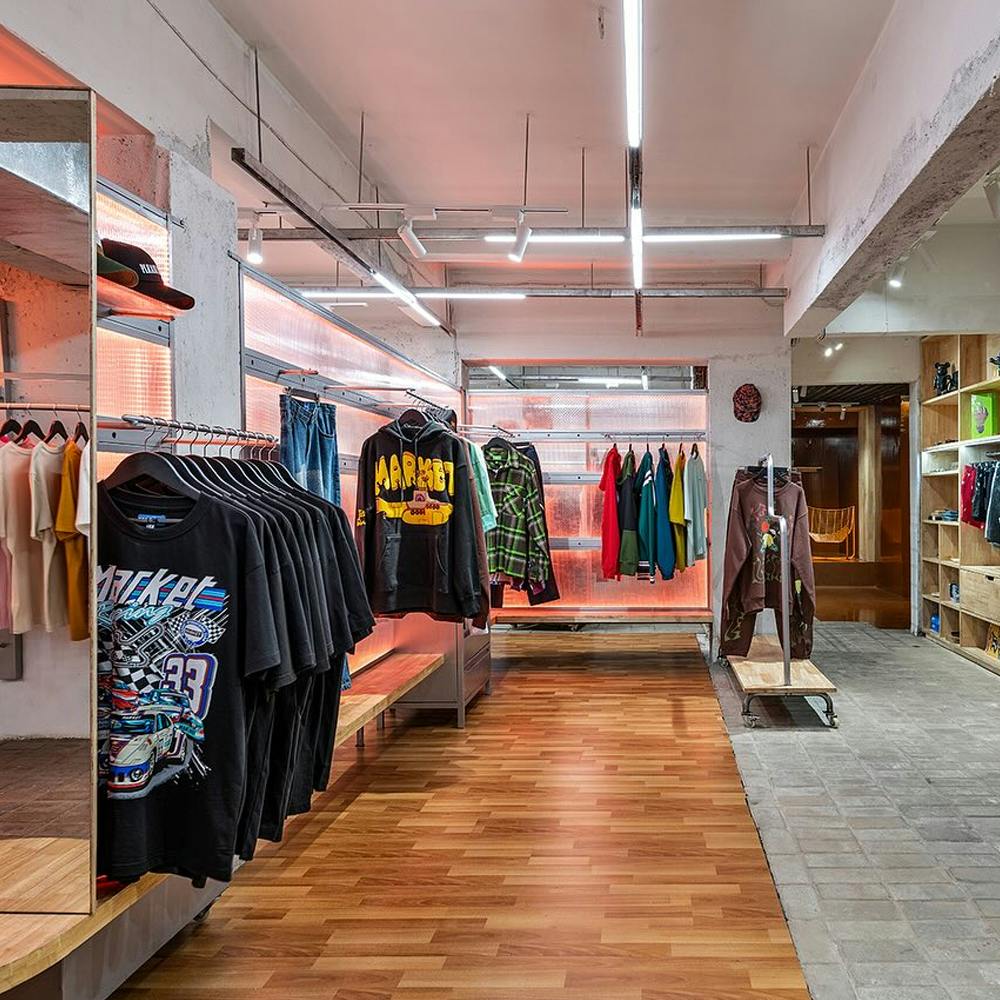
Even with mainstream popularity, tees remained a way for wearers to express their connection to subcultures and artistic styles.
The 2000s And Beyond: A Mainstream Movement
In the 2000s, streetwear broke into the mainstream, thanks in part to the internet and social media. Brands like BAPE, Off-White, and Palace gained global followings. Their graphic tees became status symbols worn by celebrities, influencers, and everyday fashion enthusiasts alike.
The rise of fast fashion also played a role in the history of streetwear. Fast Fashion made them more accessible to the masses. However, the core elements of streetwear—authenticity, exclusivity, and cultural relevance—remained intact, even as the movement expanded.
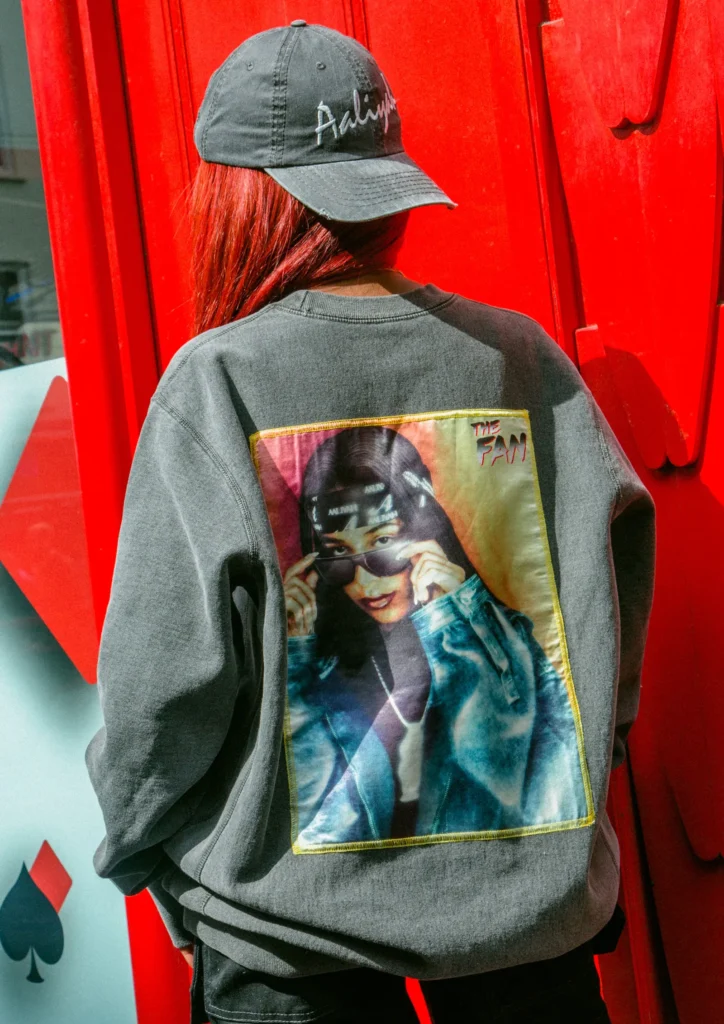
The Cultural Impact: More Than Just Fashion
The History of streetwear has always been more than just articles of clothing. it serves as a visual language, conveying messages about identity, politics, and social issues. From protest art to KAWS and Murakami collabs, streetweae shirts now serve as a canvas for artistic and cultural commentary.
Moreover, the global influence of streetwear has led to the cross-pollination of cultures. With graphic tees serving as a canvas for blending different styles, traditions, and artistic forms. Today, these tees are a unifying force in fashion, transcending geographic and cultural boundaries.
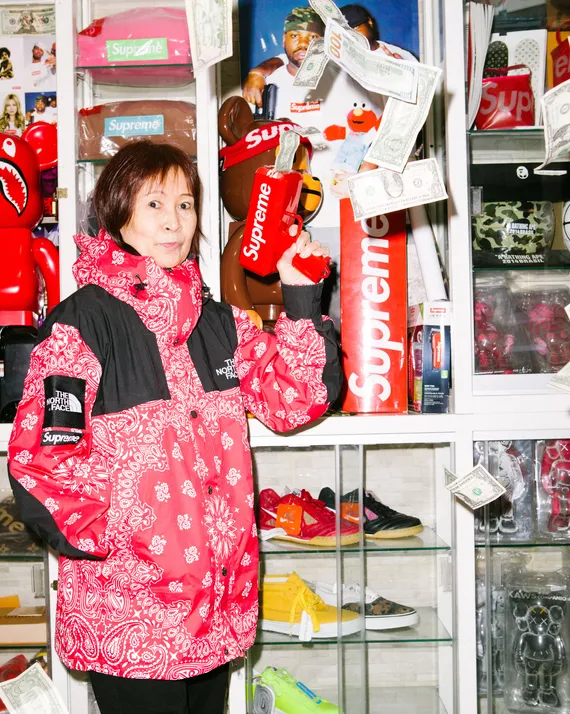
The Fine Aging of Streetwear
The Core Elements of Streetwear
Despite its evolution, certain principles remain central to streetwear:
Hoodies and Outerwear: Comfortable, casual, and versatile.
Graphic Tees: A staple in the movement, featuring bold designs or cultural references.
Sneaker Culture: Limited-edition sneakers have always been a cornerstone of streetwear.
In an age where fashion trends come and go, streetwear hoodies, graphic tees and sneakers stand the test of time. Consistently representing the voice of the streets. Moreover, Their versatility allows them to be dressed up or down. This makes them a go-to choice for anyone looking to make a statement without saying a word.
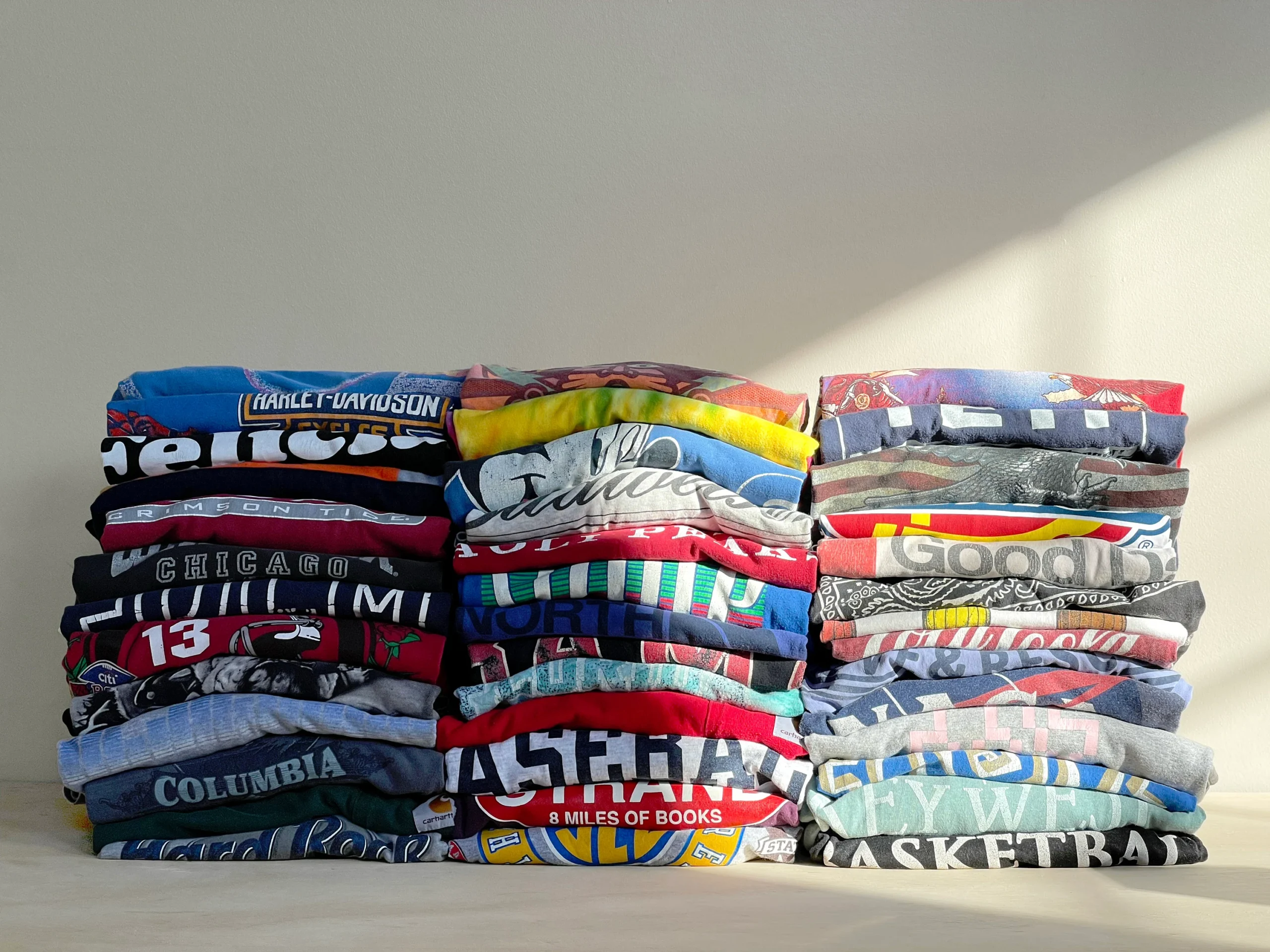
Why the History of Streetwear Matters
Understanding the history of streetwear connects us to its cultural significance and reminds us that it’s more than just clothing—it’s a statement, a lifestyle, and a reflection of the times.
Whether you’re rocking a vintage graphic tee or the latest sneaker drop, every piece of streetwear carries a story worth knowing.
